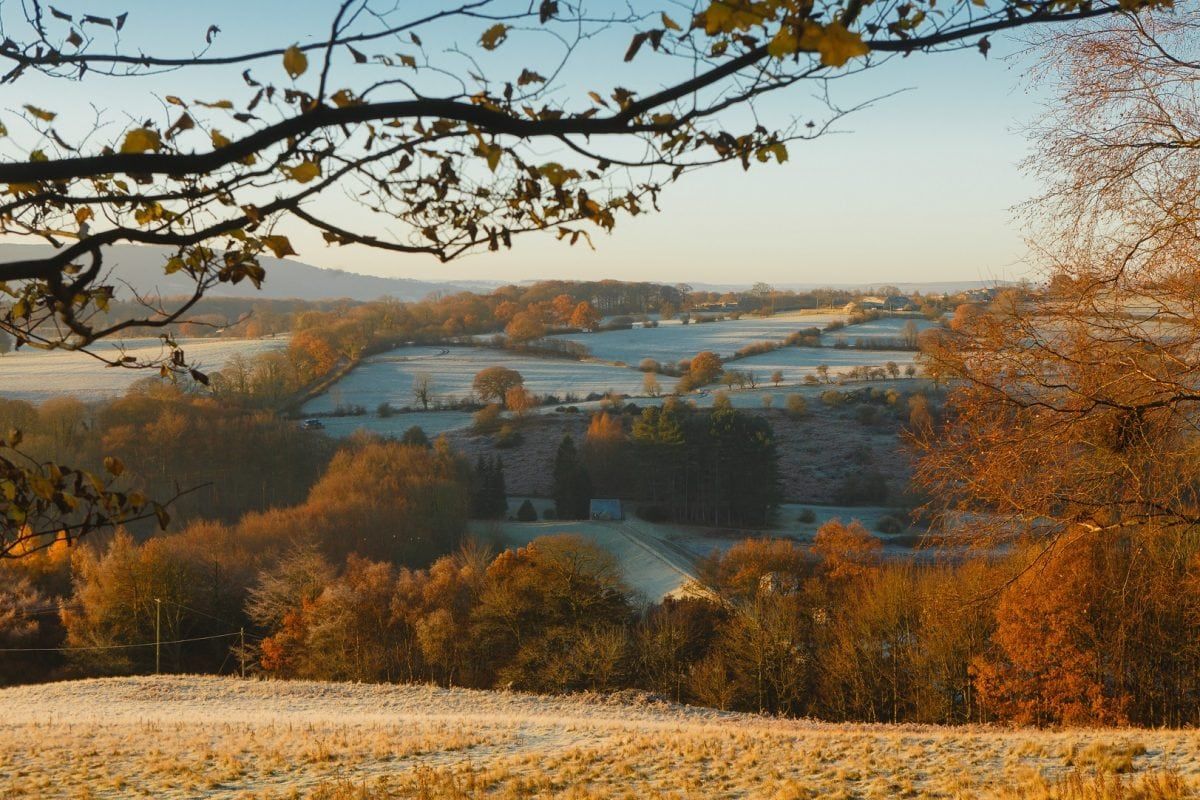
It doesn’t seem five minutes since the weather reporters were getting almost excited at the prospect of warmer weather arriving to the UK for the summer; the smell of freshly cut grass, along with the busy humming of many a pollinating insect filling the air. Now, as we enter the ninth month of the calendar year, the temperature will soon plummet and the nights will begin to draw in. This is not a time to be down, quite the opposite. Autumn brings with it a whole host of events well worth leaving the comfort of your front room for.
Spectacular displays of colour in the changing leaves of our deciduous trees, along with the welcome arrival of apples to name just a couple of events to look forward to as we head into the month of September. There is still time to harvest the fruits of the labour put in on the allotment throughout the year, with potatoes along with onions being dug up and stored for the coming weeks before the colder conditions draw in. It is also the time to apply manure, or green compost to the ground to ensure a bumper growth come the spring.
As a countryside ranger, the beginning of September is an exciting time. With the aforementioned colour display from the woodlands trees to look forward to, it’s a great time to be out and about. The smell of fungi has been in the air for a number of weeks now, signalling the arrival of the group of fungi known as stinkhorns, (Phallaceae.) One of the most distinguishable fungi is the fly agaric, (Amanita muscaria) mushroom, and I spotted my first of the season this week whilst out on site. They are not the only ones, countless more beginning to show themselves if you know where to look.
September is the time of the year when people also forage various fruits, berries and nuts. Blackberries, elderberries and sloes are appearing all over, and are useful ingredients in all sorts of recipes from jams to gins.
Whilst this practice is common and undertaken in many an outdoor setting up and down the British countryside, it is important to mention responsible foraging. Landowners consent must be sought prior to picking, and you should always leave plenty behind to support the local ecosystem. Be aware of your surroundings, and be sure to avoid damaging habitats or species that call your chosen area home. Be careful not to damage the roots of plants when out and about, and only pick what you intend to consume.
With beautiful colours in the canopy overhead, and fresh sunny mornings to look forward to, now is the time to embrace being outside. The summer crowds will soon have dissipated, and now is the time to explore our beautiful countryside. So stick you wellies on, don this season’s latest must-have layers and get out there!
RELATED
https://www.thelondoneconomic.com/news/environment/can-protect-pollinators/03/03/